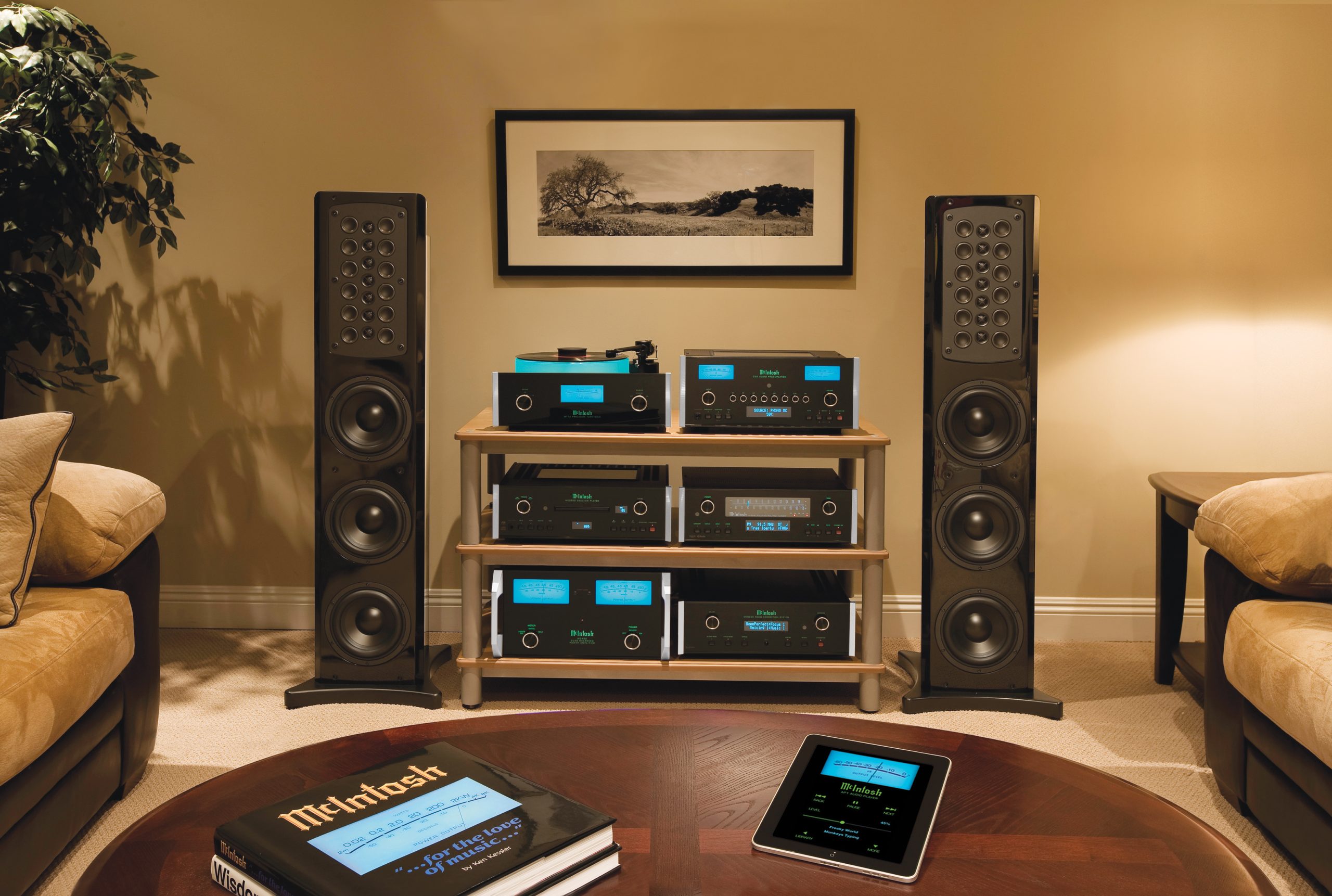Audio visual (AV) is a field that has a lot of jargon and acronyms. It can be confusing to someone who’s not familiar with it. AV solutions provide
Audio visual (AV) is a field that has a lot of jargon and acronyms. It can be confusing to someone who’s not familiar with it.
AV solutions providers provide consulting, design, delivery and support services backed by innovative technology partnerships. This allows them to deliver AV communication that inspires, engages and moves audiences.
Sound
The sound quality of audio visual is crucial. It’s one of the most important aspects in ensuring delegates can understand presentations and enjoy performances. Great AV takes the whole event experience into account, not just the visuals but also the sound and how it impacts the audience.
Whether it’s a conference room or a large stadium, it’s vital to make sure the AV system is compatible with the venue. A good AV integrator will work with you to create a design that ensures the system is compatible with your venue and meets all accessibility requirements.
As meeting times shrink from the traditional one hour down to half and even a quarter of an hour, it’s more important than ever that your message is clearly heard and understood. Working with a firm that designs and integrates the solution allows you to provide feedback at the beginning stages of the project, resulting in a system designed specifically for your space and meeting needs.
Lighting
Lighting is a large part of audio visual for events and meetings. Not only does it help with focus and engagement, but it can also be used to evoke certain emotions and ambiances that can add a lot to the presentation itself. From simple coloured lighting to create a mood during brainstorming sessions to full stage and set design for main plenaries, the possibilities are endless.
Rigging is another key aspect to consider. It’s important to understand the limits of your venue and room to ensure that the equipment is correctly positioned and installed for success. This is a process that starts before a plug even finds an outlet and often requires specialist knowledge.
AV has become an integral part of all event types and it’s not hard to see why. The ability to convey information in a way that engages every sense is vital for creating a successful, impactful and memorable event. However, it’s crucial to remember that AV is not just about technology – it’s about the experience.
Displays
AV equipment providers should be able to provide you with HDMI cables and ports to connect your devices for use during presentations. Also known as High Definition Multimedia Interface, HDMI is the standard for professional AV devices.
Educators often use audio visual aids to supplement their teaching and presentation abilities. These can include whiteboards, projectors, slides and written or graphic presentations. These can be used to highlight key information that the speaker wants their audience to pay attention to.
The quality of the displays is incredibly important to a presentation’s success, particularly because many people are visual learners. Audiovisual equipment should be of the highest quality to ensure that the audio and visual components are clear for all attendees. Moreover, the physical surroundings should not distract or detract from the presentation’s overall effectiveness. These elements may include uncontrollable sounds (a hindrance) or even the venue’s décor and layout (an aid).
Confidence Monitor
A confidence monitor is a video screen that faces musicians, entertainers or speakers who are performing on stage. Unlike a teleprompter, it does not scroll, but it serves as a point of reference for songs, recitals or presentations that have been rehearsed.
Many platform speakers and worship leaders use them to avoid burying their faces in music stands or folders of notes during the performance. However, they can be distracting to an audience when a presenter constantly glances at the monitor.
Confidence monitors are usually giant TV screens situated on the foot of the stage, and they may display either presentation slides or song lyrics. They are ideal for singers and performers who move around on the stage, while a teleprompter is more appropriate for speeches or shooting informative videos. They are also more discreet and can be covered with a mirror when they’re not in use.

COMMENTS